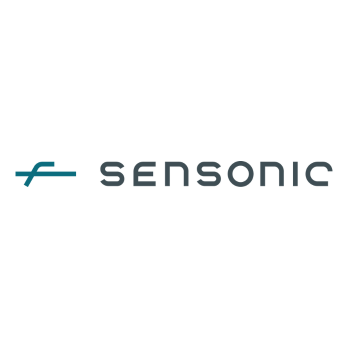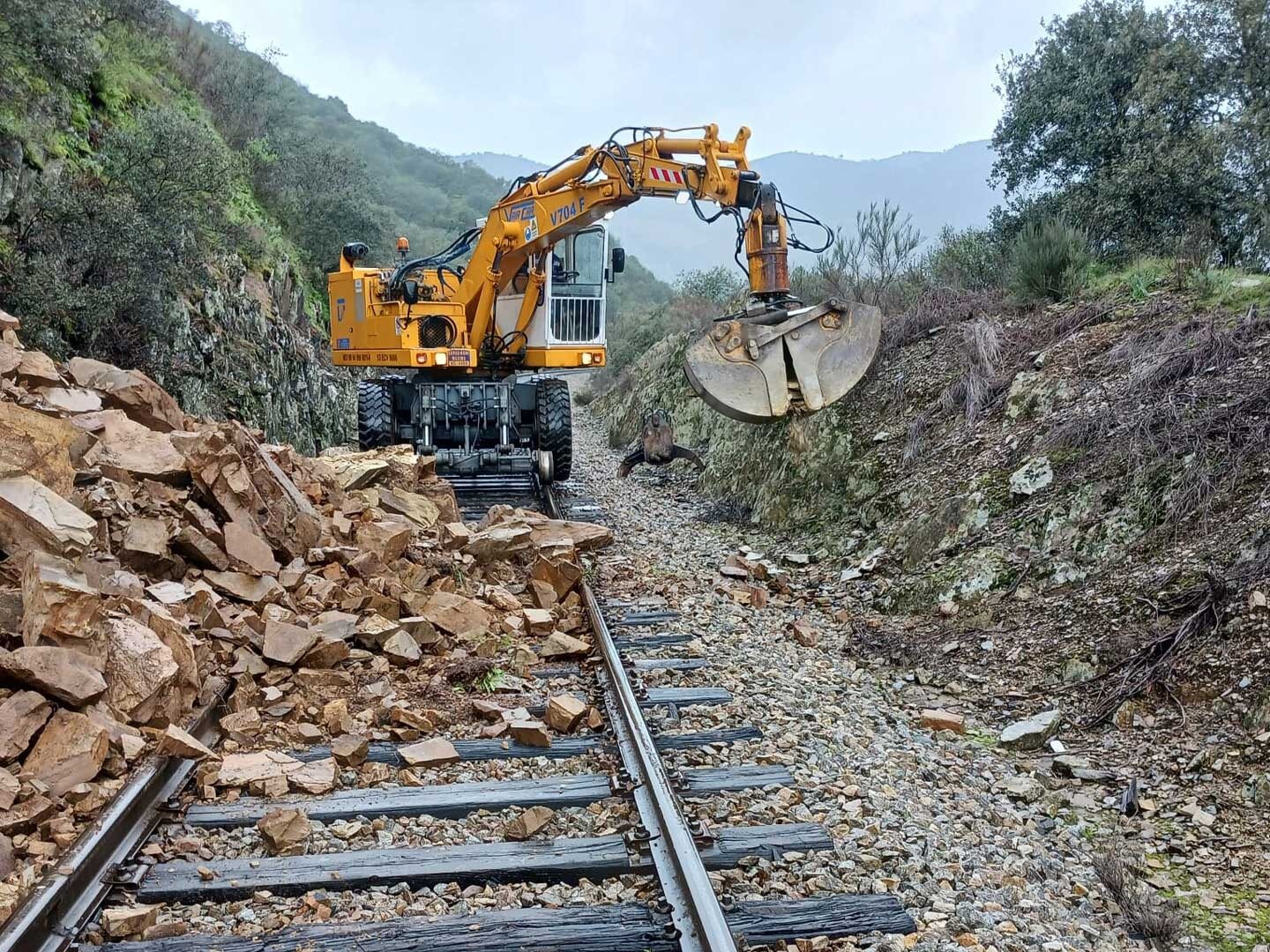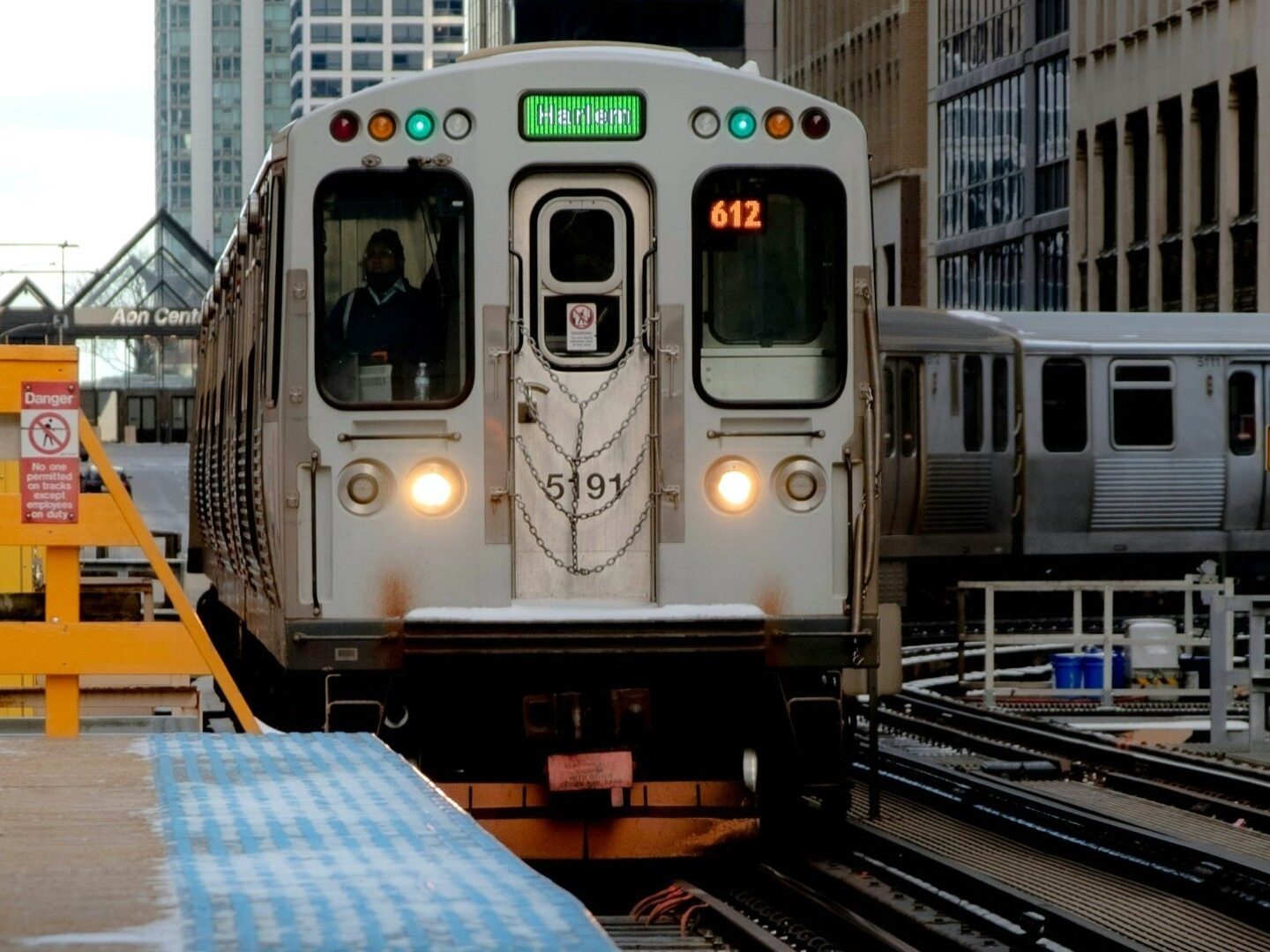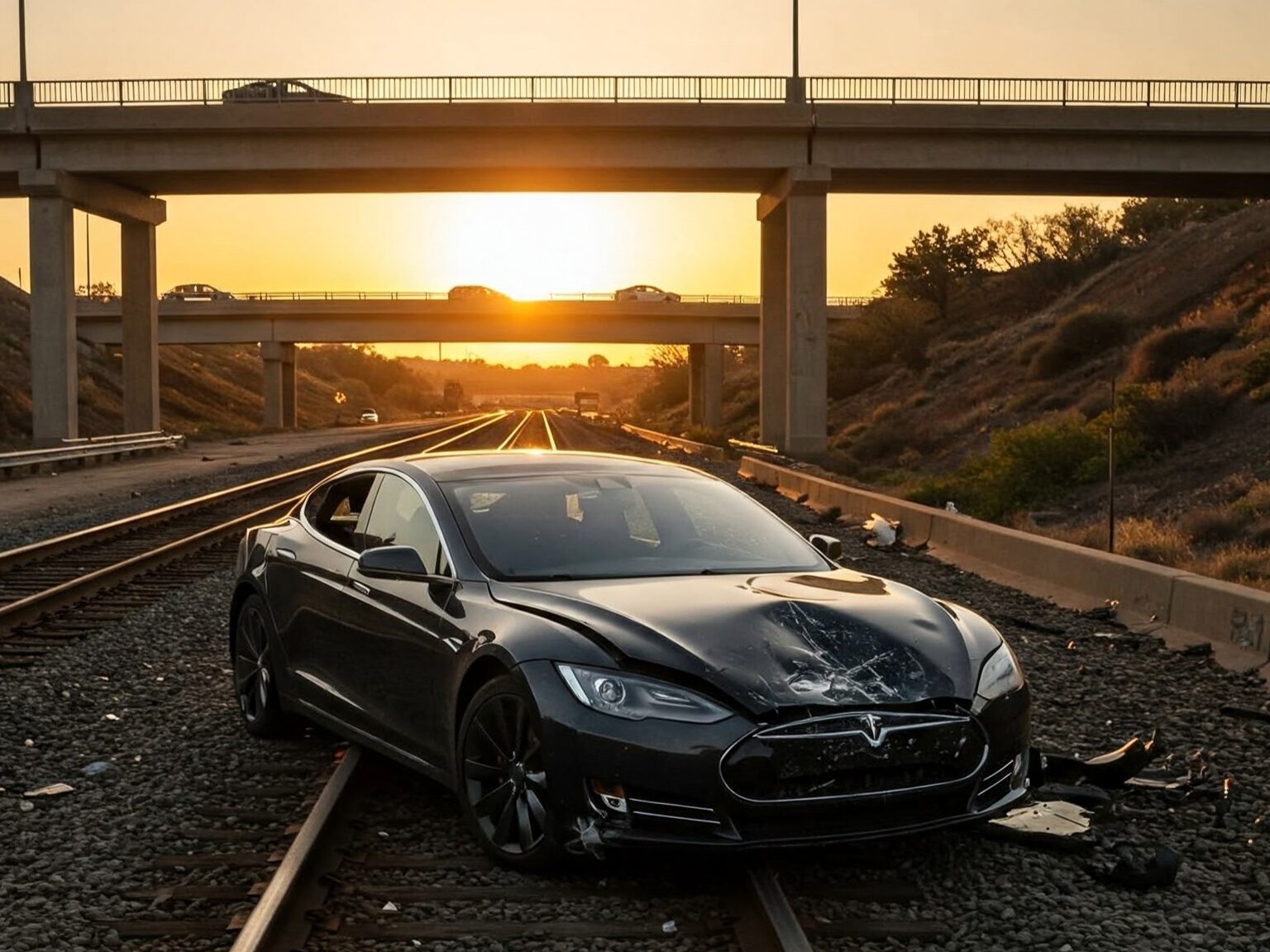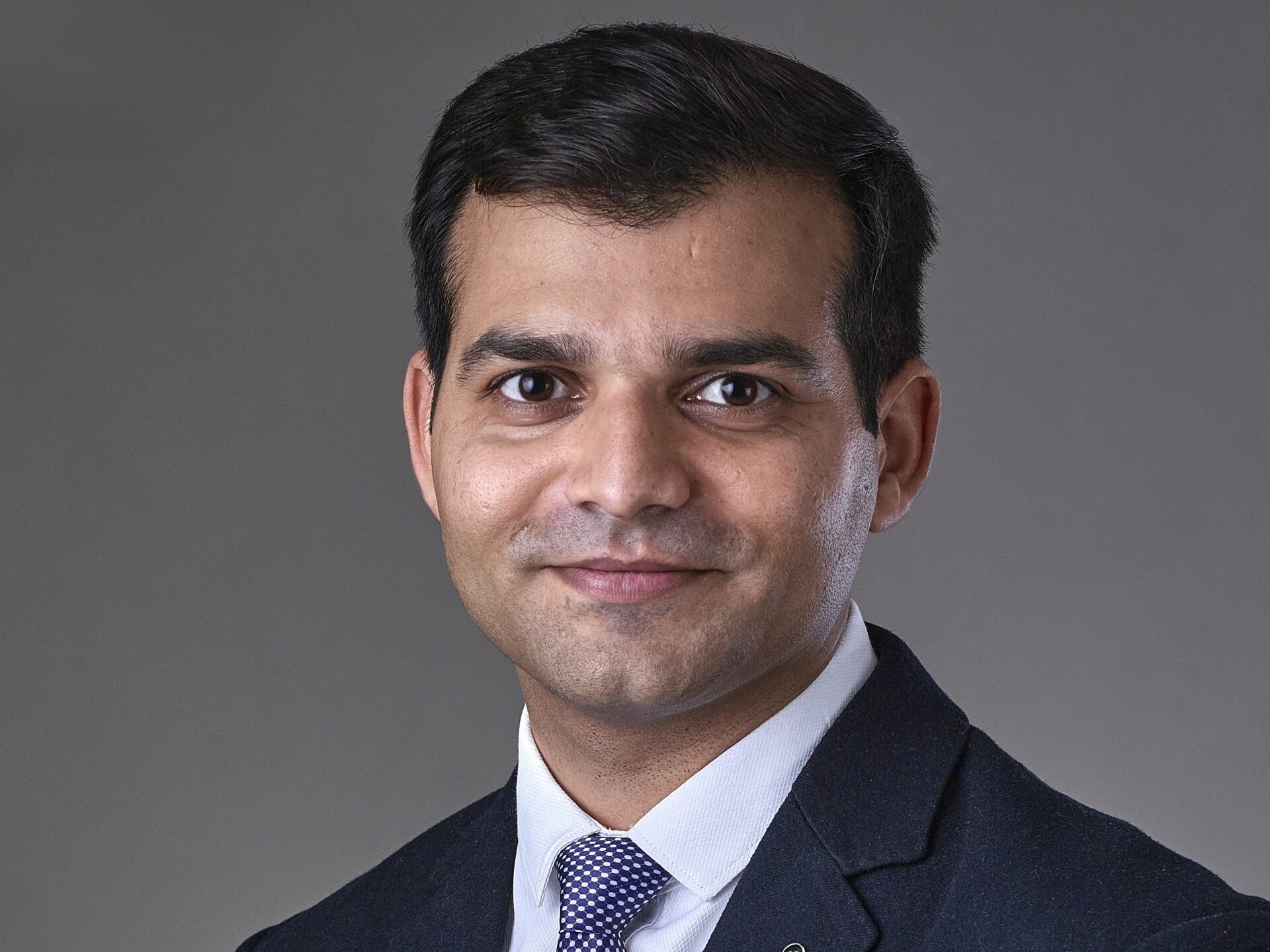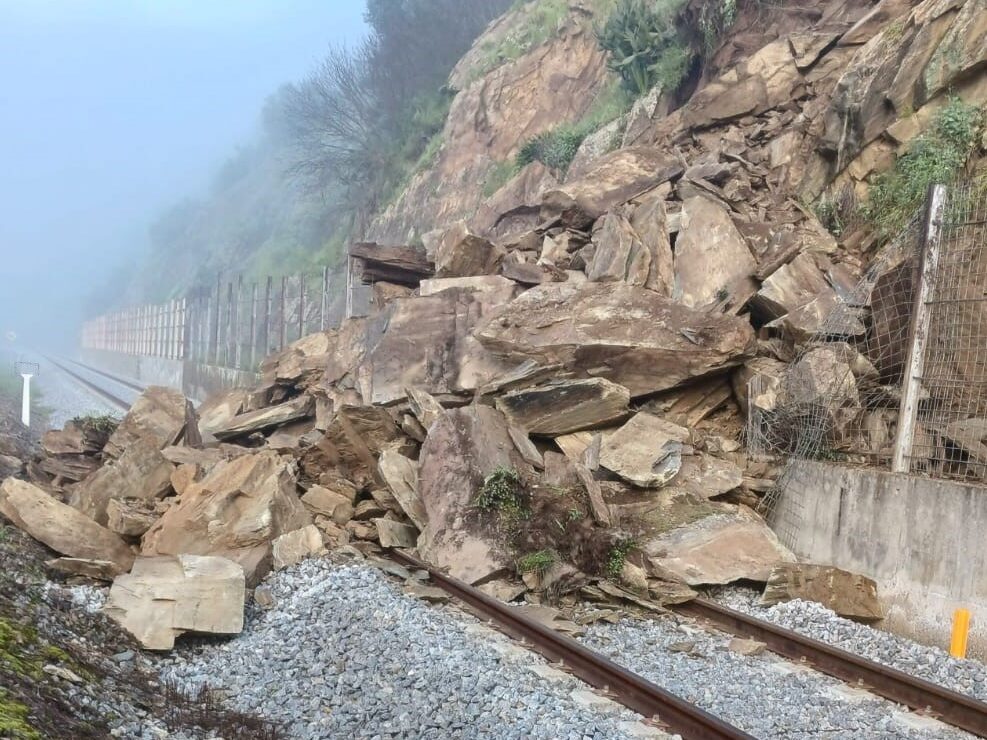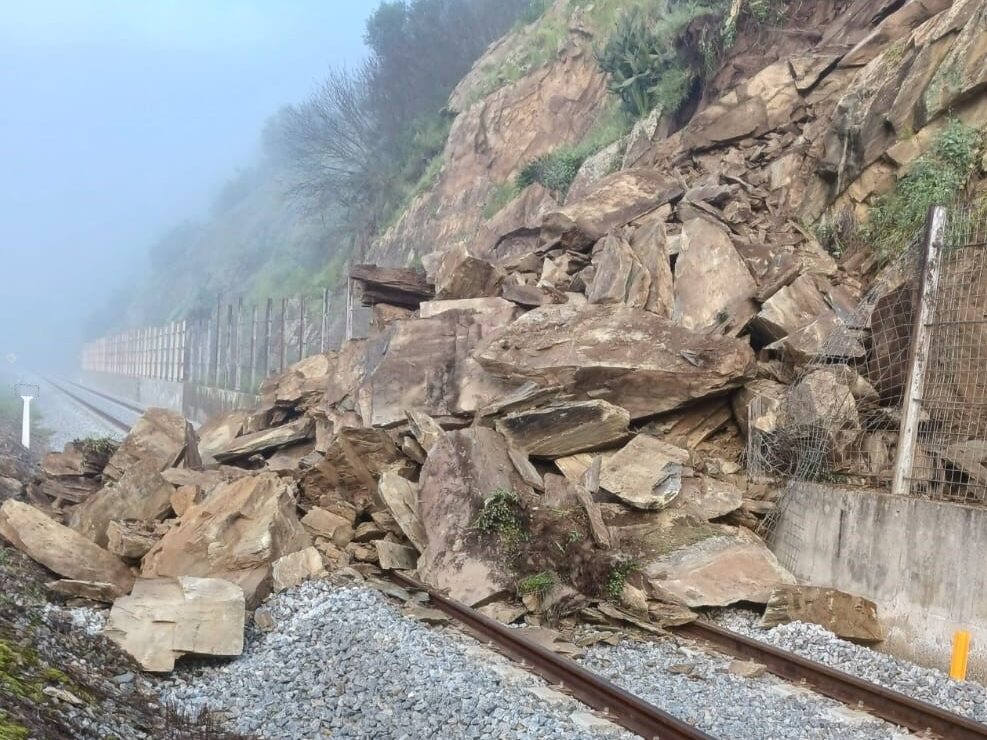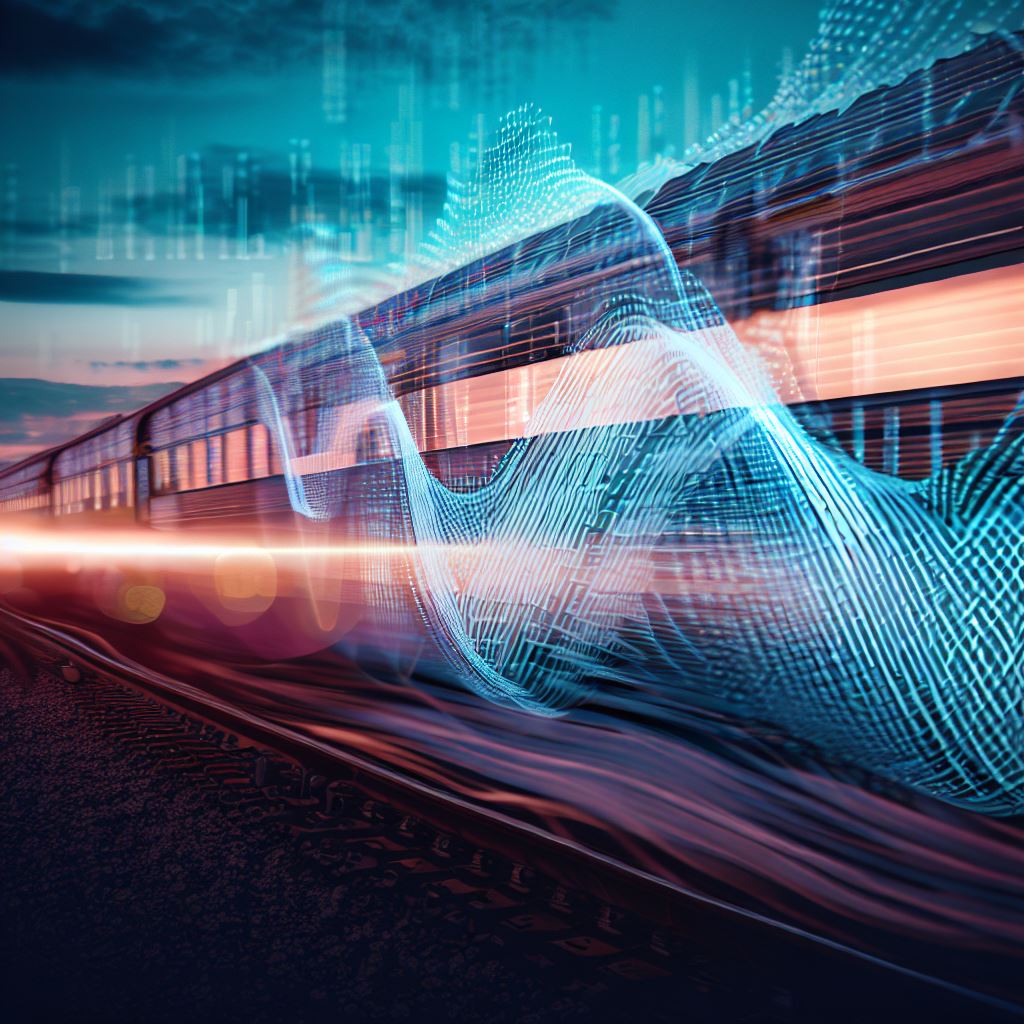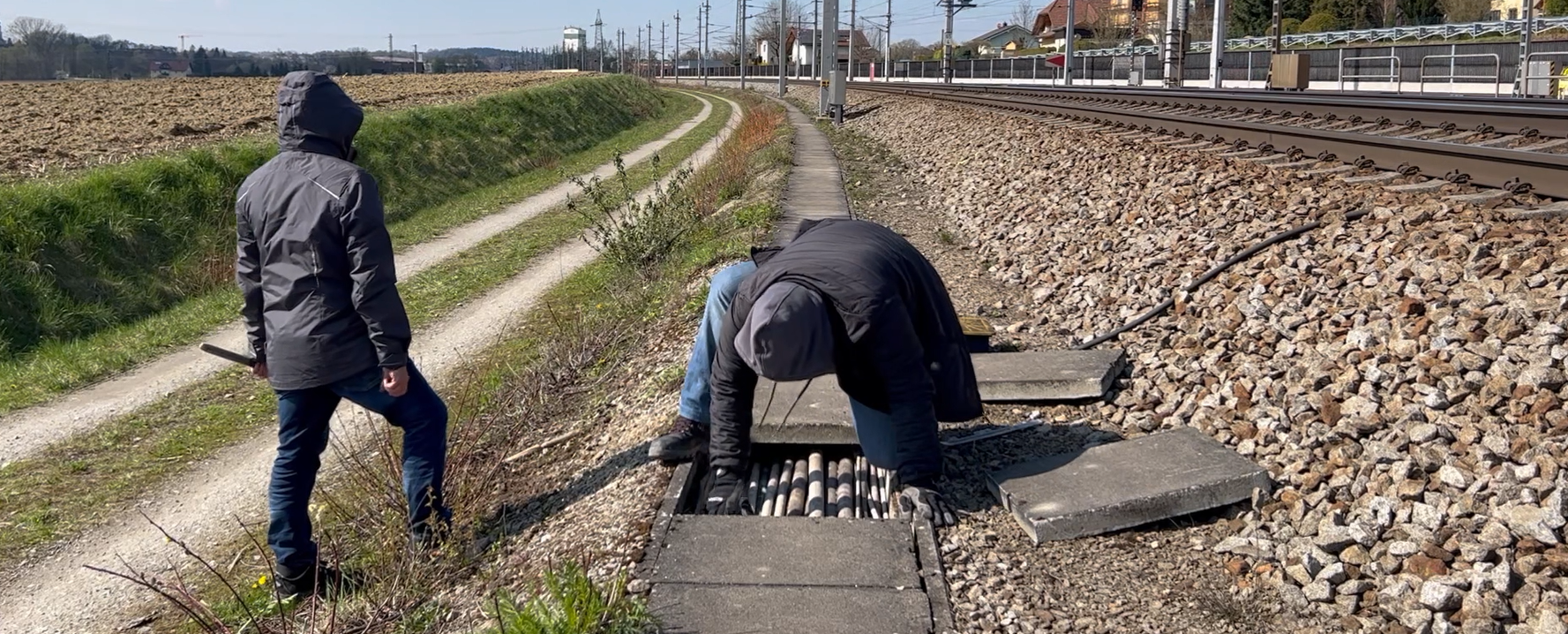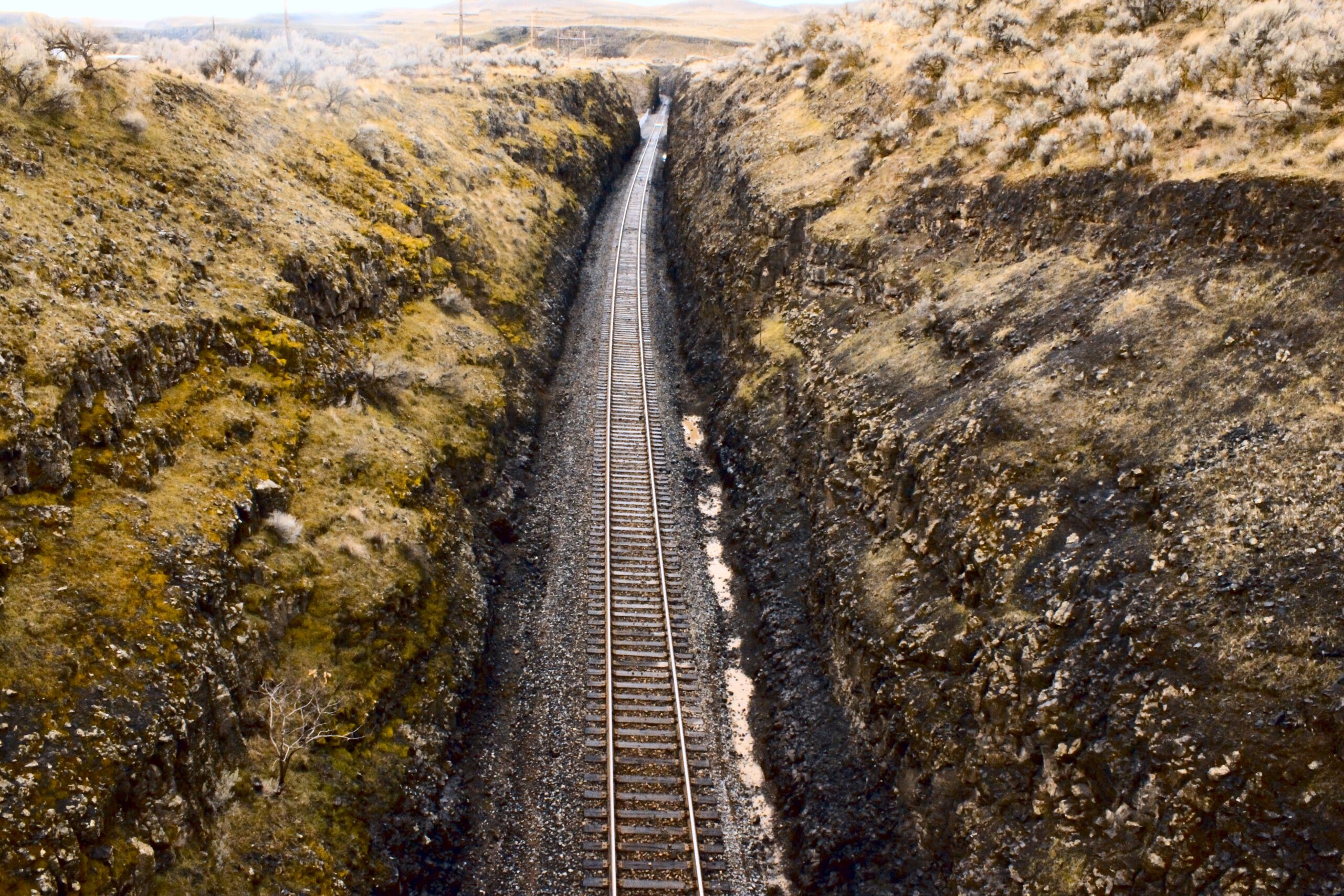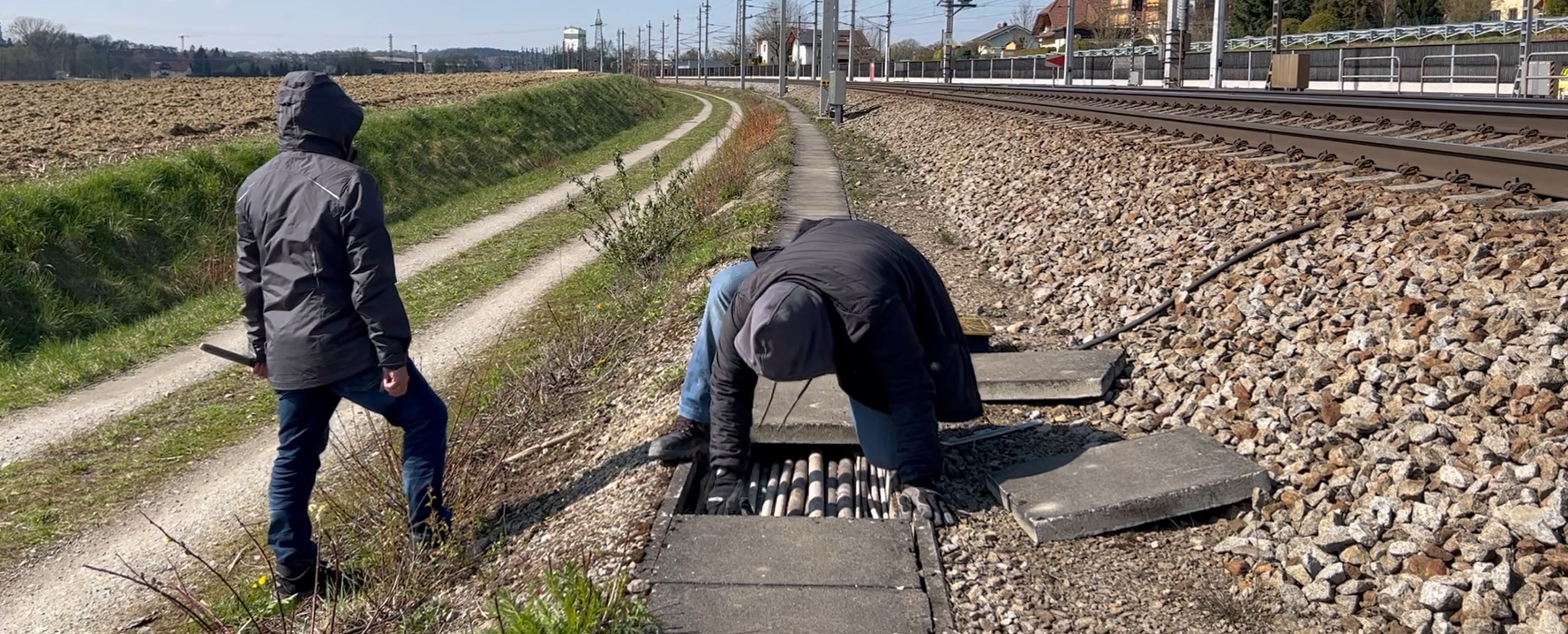Before we dive straight into SonicTwins, let us briefly explore digital twins and BIM (Building Information Modelling).
They are subjects often talked about often interchangeably yet are rarely well understood.
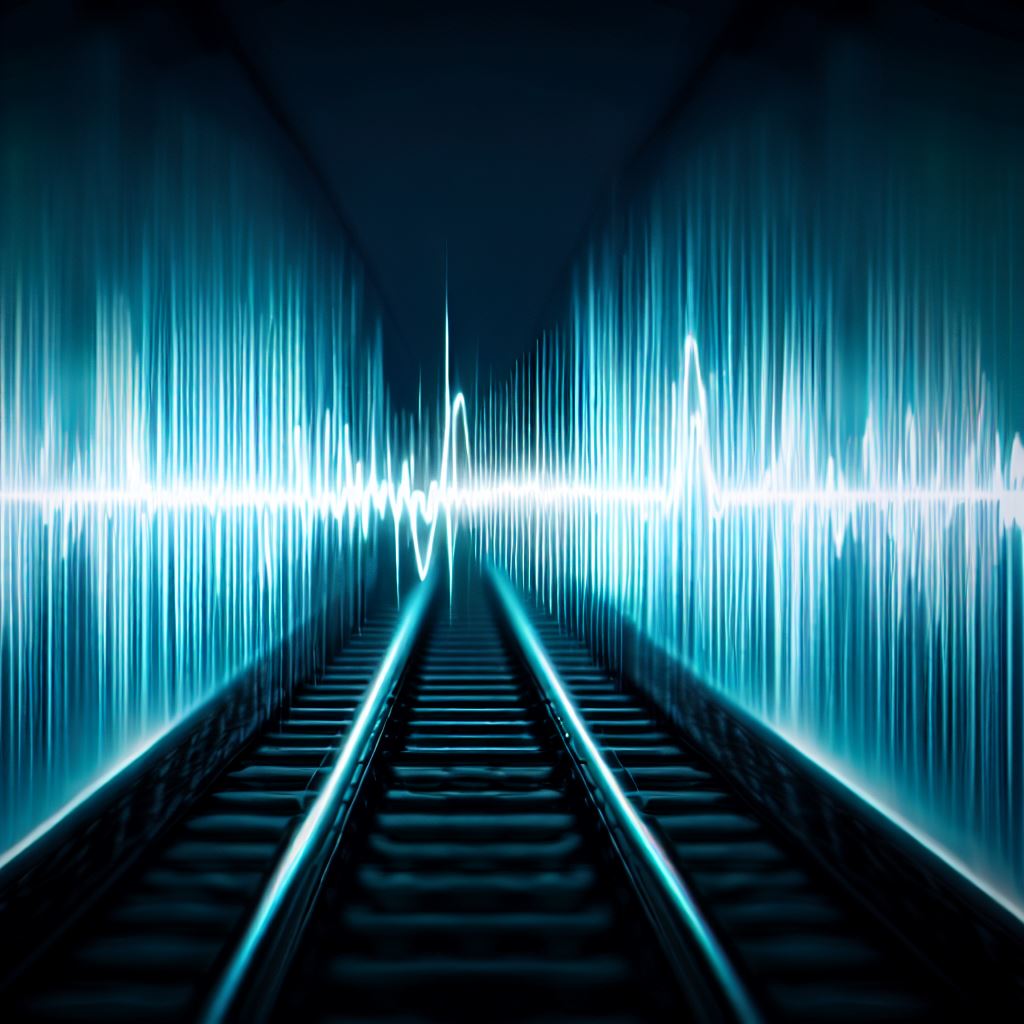
BIM and digital twins are both digital representations of physical objects and systems. However, there are some key differences between the two:
- Purpose: BIM is primarily used for design and construction, while digital twins are primarily used for operation and maintenance.
- Data sources: BIM models are typically created using data from CAD (Computer Aided Design) drawings and other design documents. Digital twins are created or supplemented using performance data from sensors and other sources of information.
- Level of detail: BIM models can be detailed, including information about the physical dimensions, materials, and components of a building or structure. Digital twins can also be detailed but are typically focused on the real-time performance of the physical object or system.
In some cases, BIM models can be used to create digital twins. However, BIM models are not always detailed enough to be used as digital twins. Additionally, BIM models do not typically include real-time data from sensors.
A BIM model of a train for example could be used to create a digital twin of the rollingstock. The digital twin could then be used to simulate the performance of the rolling stock in different conditions, such as different weather, occupancy levels or vehicle speeds.
In a manufacturing environment, a BIM model of a manufacturing plant could be used to both build and start to create a digital twin of the plant. The digital twin could then take real-life performance to supplement the design data and watch the performance of the plant in real time, find potential problems or assess the impact of process changes before they are made.
Whilst BIM stands for Building Information Modelling – if you need a handy reminder – I think of it as Before It’s Made.
Digital twins focus on performance of something in use and can be used for a variety of purposes, such as:
- Predictive maintenance: Digital twins can be used to predict when components are likely to fail, so that preventive maintenance can be performed.
- Process optimisation: Digital twins can be used to optimise industrial processes, such as manufacturing and supply chain management.
- Product development: Digital twins can be used to develop new products and test them virtually before they are built.
- Training: Digital twins can be used to train workers on how to operate and maintain complex systems.
Digital twins are a powerful tool that can be used to improve the efficiency, reliability, and safety of physical objects and systems.
Overall, BIM and digital twins are two complementary technologies that can be used to improve the design, construction, operation, and maintenance of physical objects and systems.
If a digital twin is a virtual representation of a physical object or system what is a Sonic Twin / SonicTwin®?
A SonicTwin® is a digital twin of railway assets based on vibration. This includes information both with and without traffic flowing over it.
Humans are great at interpreting complex data. We use 2 of our 5 senses to judge the vibrating world around us through sound and touch. From a squeaking door hinge screeching for oil, to the rumble of thunder telling us to seek shelter, we instinctively interpret noise and vibrations to help us navigate our world. We learn what sounds right and what sounds wrong.
By comparing knowledge of what the railway sounds like to that of a SonicTwin we can hear when things are amiss. That might be track degradation, people or animals trespassing on the track, hearing a rockfall or landslide, or even the bang from a catenary flashover.
Obviously listening to an entire railway with human ears 24/7 is not practical, but there is an exciting technology called Distributed Acoustic Sensing that can do just this automatically without needing lots of on-track sensors. Read about it in my recent article here. In short it turns fiber optic cables into a multitude of vibration sensors along their length detecting ground vibrations.
Combining 24/7 advanced listening from Distributed Acoustic Sensing (DAS), with knowledge of what a healthy railway normally sounds like (its’ SonicTwin), we enable Artificial Intelligence (AI) and machine learning to compare and interpret this information. This delivers previously untapped insights about many aspects of railway infrastructure.
Inspired by humans and delivered by tireless advanced data processing, the ability to listen to assets adds an extra layer of information to assist railways in making better decisions about their infrastructure.
This article was originally published by Sensonic.

